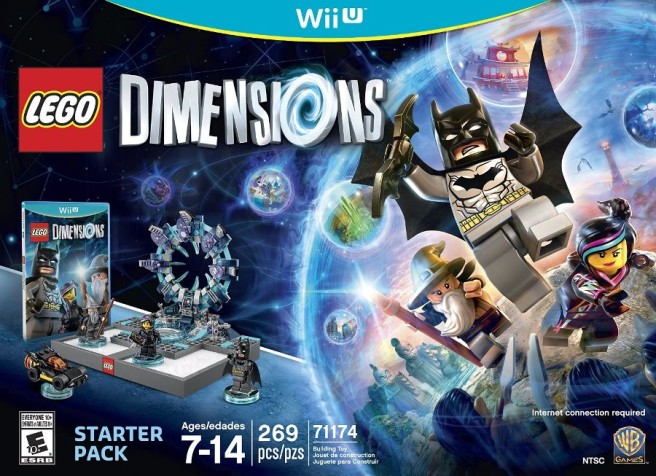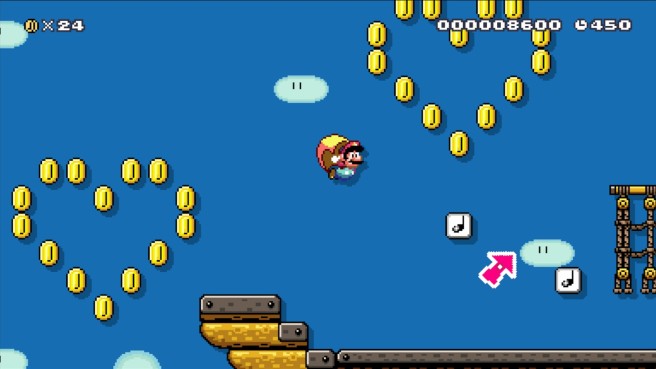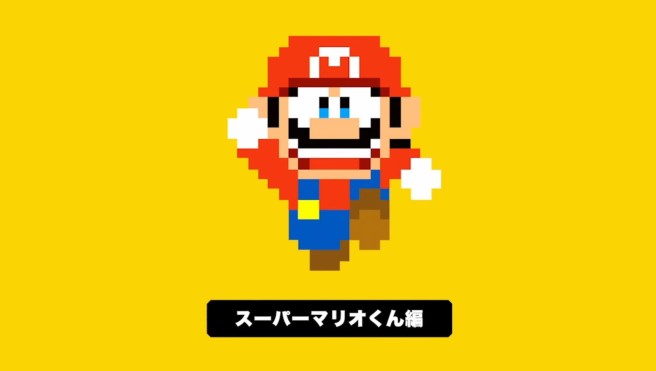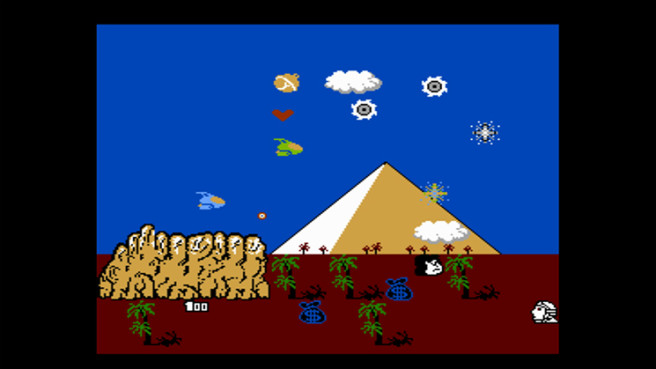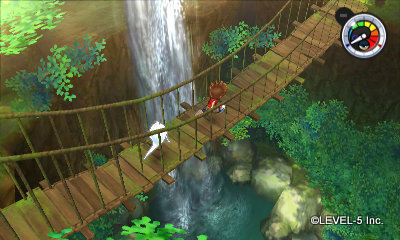Amazon: $15 off LEGO Dimensions
Posted on 10 years ago by Brian(@NE_Brian) in News, Wii U | 1 Comment
Amazon has the first discount on LEGO Dimensions. The Starter Pack was set at $100 for launch, but it’s now down to $85. You’ll save $15 with a purchase.
More: Amazon, LEGO Dimensions, sale
NST wanted to make a new Wave Race for Wii, but Nintendo turned it down
Posted on 10 years ago by Brian(@NE_Brian) in General Nintendo, Videos | 20 Comments
Back in 2009, a small team at Nintendo Software Technology – otherwise known as NST – started work on a pitch for a new Wave Race game. The company was hoping to create a new entry in the series for Wii, and there were plans to take advantage of the Wii Remote by offering an original control scheme.
Ultimately, things weren’t meant to be. NST presented its prototype to Nintendo’s higher-ups in Japan, though some members of the board weren’t convinced by the controls, and there were some concerns about it being able to find an audience.
Take a look at the full report from Unseen64 below.
Animal Crossing: amiibo Festival – Board Game trailer
Posted on 10 years ago by Brian(@NE_Brian) in Videos, Wii U | 7 Comments
Nintendo of Europe has come out with an extensive new trailer for Animal Crossing: amiibo Festival. You can view it below.
Xenoblade Chronicles X – direct-feed footage from the English build
Posted on 10 years ago by Brian(@NE_Brian) in Videos, Wii U | 13 Comments
New footage has arrived showing the Xenoblade Chronicles X’s English build. Check out a couple of videos below.
Rodea: The Sky Soldier Wii U and 3DS screenshots
Posted on 10 years ago by Brian(@NE_Brian) in 3DS, Screenshots, Wii U | 1 Comment
We have a few screenshots showing the Wii U and 3DS versions of Rodea: The Sky Soldier. View them in the gallery below.
Genei Ibun Roku #FE – side stories video and details
Posted on 10 years ago by Brian(@NE_Brian) in News, Wii U | 0 comments
Along with today’s Tsubasa character trailer for Genei Ibun Roku #FE, Nintendo also uploaded a gameplay video focusing on the side stories. We have that below.
And here’s a roundup of information about side stories:
– Side stories consist of mini-dramas that revolve more around the lives of your friends
– They all have their own dreams and goals
– These stories will show how Itsuki will support them through their live shows, dramas, hero shows, handshake meetings, and cooking shows, as they step it up in their respective fields
– By clearing side stories, the friends will step up their game as an entertainer and Mirage Master
– This can unlock special skills used in combat
More: Atlus, details roundup, Genei Ibun Roku #FE
Super Mario Maker – Event Courses footage
Posted on 10 years ago by Brian(@NE_Brian) in Videos, Wii U | 4 Comments
Footage has come in showing all of the new Event Courses in Super Mario Maker. In the first video below, you can see the initial levels uploaded yesterday. The second one features Mario Kun.
More: Super Mario Maker
Super Mario Maker – Super Mario Kun course now live, unlocks the new costume
Posted on 10 years ago by Brian(@NE_Brian) in News, Wii U | 7 Comments
Super Mario Maker has added another new level in Event Courses following yesterday’s update. As of now, players around the world can take on the “Super Mario Kun 25th Anniversary” course. Completing it nets you the related costume, pictured above.
Yukio Sawada, creator of the Super Mario Kun manga series, created the level. The first half contains an anniversary message, but towards the end, you’ll encounter plenty of enemies.
Take a look at an official video for the new course and costume below.
More: Super Mario Maker, top
Stinger Wii U Virtual Console footage
Posted on 10 years ago by Brian(@NE_Brian) in Videos, Wii U eShop | 0 comments
Stinger came out on the North American Wii U Virtual Console earlier today. For a look at the game, check out the video below.
More: Stinger, Virtual Console
Level-5 CEO on why Yo-kai Watch has been a big hit in Japan, series’ origins
Posted on 10 years ago by Brian(@NE_Brian) in 3DS, News | 21 Comments
Yo-kai Watch has been a phenomenal success in Japan. The games and merchandise have sold incredibly well, and the series even has its own anime.
Why has Yo-kai Watch become such a hit in Japan? That question is something Level-5 CEO Akihiro Hino tackled in an interview with Game Informer. He told the site:
“The reason behind the success of Yo-kai Watch, not only as the game title but as the entire franchise, I would say is the strong link between the different pieces of our franchise, centered around what we call Yo-kai Medals [which] contributed a lot. Kids in Japan ran to the store after seeing the Yo-kai Medals used in the TV series, which can not only be enjoyed as collectible toys, but are also interactive with the video game, the arcade game, and can be utilized in many more ways.”
Hino also commented on how Yo-kai Watch’s concept came about. Regarding this, he said:
“I wanted create an IP that is universal and long-lasting, while providing something new and highly relatable to kids today. Yo-kai are spooky beings which often appear in Japanese folklore, mostly related to either humans or objects we were once attached to. Though they are somewhat monster-like, I realized they had never been featured in video games. From there, I started thinking about some of the main characters, and the concept of Jibanyan – a pretty cat Yo-kai who got hit by a truck – came into my mind. In order to write a story which can be relatable to kids, we conducted robust kids research to understand them. We tried hard to capture what they are most concerned about – it was interesting to find concerns which I can relate to my childhood days, and the ones which were unique to kids today. Setting-wise, it was natural to have it take place in real world. Springdale is an ordinary town with characters who use modern devices and live normal lives, just as we all are now – which is why it is so relatable to today’s kids.”
